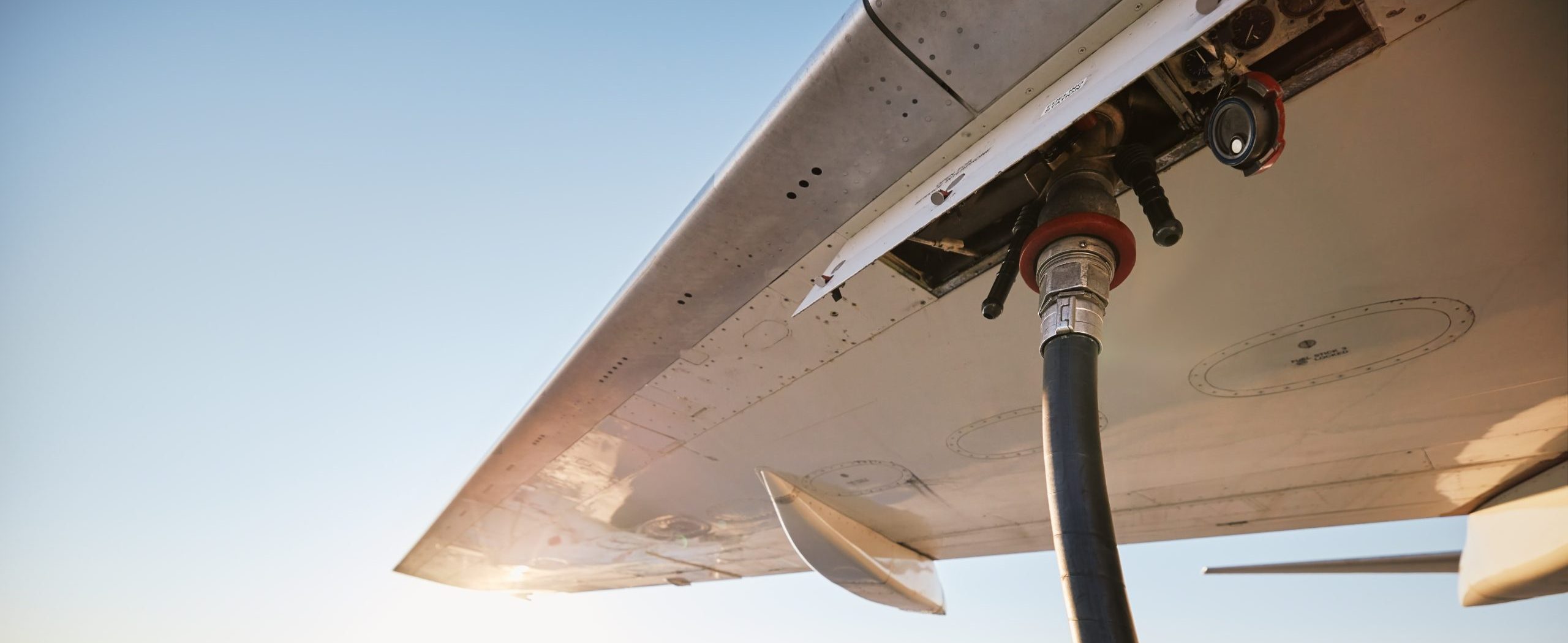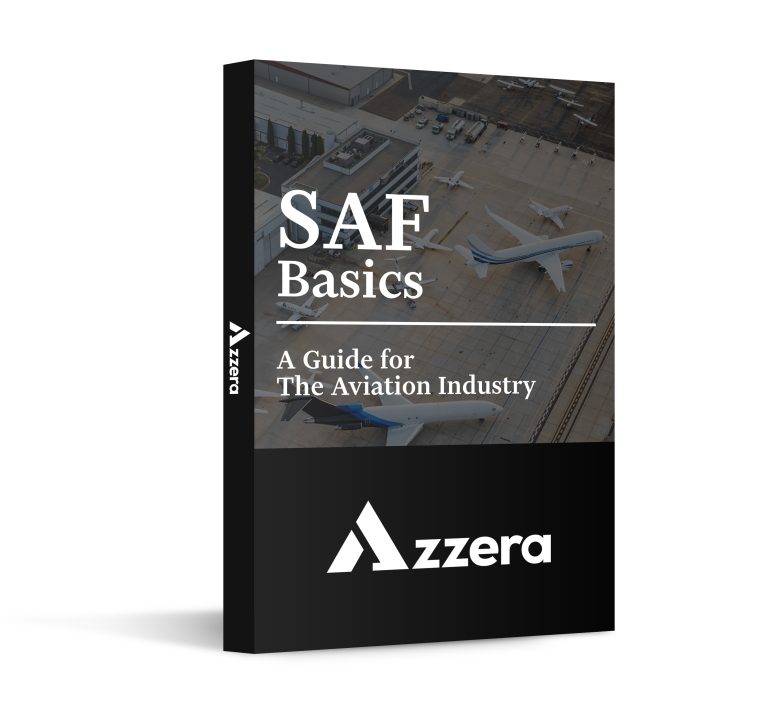Sustainable Aviation Fuel (SAF) is becoming one of the most important topics in aviation. From major airlines to small charter operators, everyone in the industry is asking the same question: how do we meet growing sustainability expectations without disrupting operations?
This guide covers the fundamentals of SAF, why it matters today, and what charter brokers and operators need to know to stay competitive.
Table of Contents
What is Sustainable Aviation Fuel (SAF)?
Sustainable Aviation Fuel (SAF) is a non-fossil alternative to traditional jet fuel. It’s known as a “drop-in” solution because aircraft engines and fuel systems don’t require modification to use it.
SAF is made from renewable feedstocks such as:
Used cooking oil
Agricultural residue and waste
Municipal solid waste
Non-food crops
Chemically, SAF is almost identical to conventional Jet A or Jet A-1 fuel and meets strict international certification standards like ASTM D7566. In other words: it works exactly like fossil-based fuel, but with a significantly lower environmental impact.
How does SAF reduce aviation emissions?
The aviation industry accounts for roughly 2–3% of global CO₂ emissions, and SAF offers one of the clearest pathways to reduce that footprint.
When SAF is produced and used, lifecycle emissions can be reduced by up to 80% compared to fossil jet fuel. This is because SAF’s carbon comes from renewable sources – plants, waste biomass, or oils that recently absorbed carbon from the atmosphere – rather than from fossil reserves that add new carbon to the cycle.
On a 1,000 km flight, SAF can reduce emissions by 50–70 kg of CO₂ per passenger, depending on blend levels and aircraft efficiency.
Can aircraft already use SAF without modifications?
Yes. SAF is designed to integrate seamlessly into existing aviation infrastructure. Today, most SAF is blended up to 50% with conventional jet fuel, though engines and refueling systems can technically support higher blends pending certification.
Airlines like Lufthansa, United, and KLM are already integrating SAF into their operations, proving its reliability at scale. For charter operators and brokers, this means SAF can be confidently promoted to clients as a safe, certified, and credible solution.
What is a SAF Certificate and how does it work?
One of the challenges of SAF is availability – not every airport or operator has physical access. That’s where SAF Certificates, often managed under a Book & Claim system, come in.
Here’s how it works:
-
SAF is purchased and used by an airline at an airport where it is available.
-
The emissions reduction value is recorded digitally.
-
A SAF Certificate is issued to the buyer, documenting the environmental benefit.
This allows companies worldwide to claim real emissions reductions, even if physical SAF wasn’t uplifted at their specific location. For charter brokers, SAF Certificates are an accessible way to meet client sustainability demands without changing operations.
Where is SAF currently available?
Production is still limited but growing globally. SAF hubs are emerging in North America, Europe, and Asia, with countries like the U.S., Canada, Germany, Singapore, and Japan leading development.
Policies like CORSIA (Carbon Offsetting and Reduction Scheme for International Aviation) and the ReFuelEU Aviation regulation are accelerating supply and demand, making SAF more accessible over the next decade.
For brokers and operators, staying informed about SAF availability is key – not just for flight planning, but also for client communications.
Why does SAF matter for charter brokers and operators?
Sustainability is no longer a “nice-to-have.” Clients (from corporate accounts to high-net-worth individuals) are increasingly asking about carbon footprints and emission reduction options.
Charter brokers who can explain SAF and offer certificates gain:
A competitive advantage with eco-conscious clients
Stronger positioning with regulators and compliance frameworks
A clear, credible sustainability story to communicate to the market
In a business where reputation and trust drive bookings, being ready to discuss SAF is a differentiator.
How can I buy or support SAF today?
Large commercial airlines may purchase SAF directly, but for most charter brokers and smaller operators, the easiest entry point is through SAF Certificates.
Certificates provide the verified emissions reductions that clients expect — without requiring new infrastructure, supply contracts, or operational changes.
This is where Azzera can help. Our SAF solutions and certificate options make it simple for brokers and operators to start integrating SAF into their offerings today.
Get the Complete SAF Guide - for Free.
This blog only scratches the surface. To fully understand how SAF works, how certificates are managed, and what brokers should tell their clients, download our free guide:
Inside, you’ll find:
Answers to the most common SAF questions from clients
A breakdown of regulations and certifications
Practical steps to support SAF today
Sustainable Aviation Fuel is the bridge between today’s operations and tomorrow’s net-zero future. Get ahead of the conversation – and ahead of your competitors.


